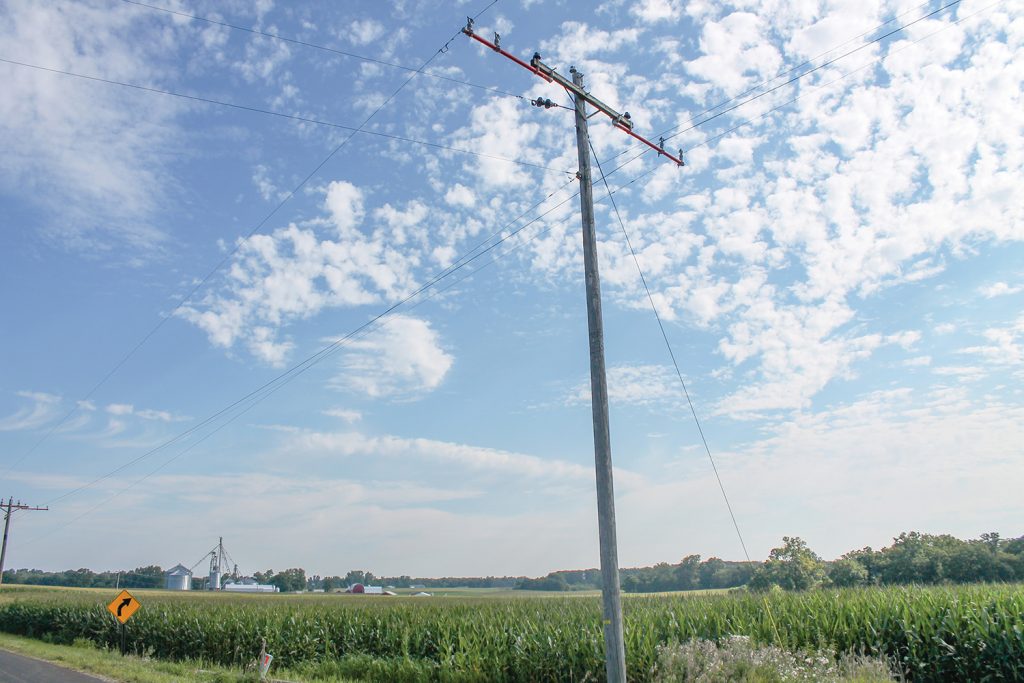
Unfortunately, sometimes we think we’ve got the facts when what we really know are popular myths perpetuated by social media, movie exaggerations and unreliable sources.
“That old saying ‘knowledge is power’ is very true, especially when electric power is involved,” said John Gasstrom, CEO at Indiana Electric Cooperatives. “That’s why we take every opportunity we can to educate our consumers, young people and other folks in the community about electric safety.”
One myth that could be particularly dangerous this time of year is the one suggesting that when a power line falls on the ground, it automatically becomes dead. “You should always stay away, 30 feet or so, even if you don’t see sparks,” Gasstrom said. “Assume a downed line is a live line.” Call your electric cooperative or 911 immediately when you see a downed line so trained personnel can take care of the problem.
Along that same line: If you’re in a car that strikes a utility pole, stay in the car, call 911 and wait until the utility workers tell you it’s safe. Dropped power lines are hard to see, especially at dusk or at night. Stepping from your car may create a path to ground for electricity or you may walk into a fallen line and be electrocuted.
Among other electricity myths:
Myth: Rubber gloves and rubber shoes protect you from electricity.
Truth: That’s true only if they are 100 percent pure rubber with no holes or tears (the kind that electric lineworkers wear and are regularly inspected). The gloves a lineman wears are laboratory tested to withstand 20,000 volts. Typical cleaning gloves and shoes, which are made with rubber mixed with cheaper materials, aren’t going to protect you in an electrical encounter.
Myth: All power lines are insulated.
Truth: As a rule, power lines aren’t insulated. So, how come birds don’t get electrocuted when they perch on a power line? They don’t provide a path to the ground for electricity flow. If a bird were to touch two wires at once, or a wire and the ground, it would be electrocuted.
Myth: Power lines outside carry the same 120-volt electricity we use in our homes.
Truth: Here in Indiana, most power lines carry 7,200 volts. Some carry up to 19,000 volts. You can’t tell the voltage by just looking at it.



